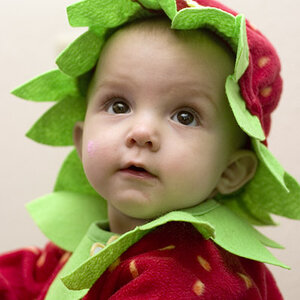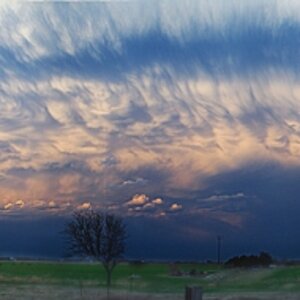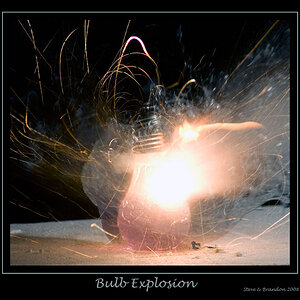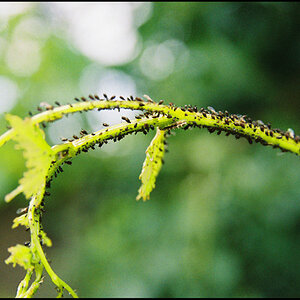Garbz
No longer a newbie, moving up!
- Joined
- Oct 26, 2003
- Messages
- 9,713
- Reaction score
- 203
- Location
- Brisbane, Australia
- Website
- www.auer.garbz.com
- Can others edit my Photos
- Photos NOT OK to edit
Effectively you will have banding in theory. But in practice the step differences in an 8 bit file (256 steps of brightness) are enough to make it nearly indistinguishable to the eye.
What the extra data DOES do is provide more data for algorithms to make guesses.
Think of it like this. On an 8bit file if you have a perfect black to white gradient and then adjust the levels so they that they fill the bottom 1% of possible brightness levels, then adjust the levels so they take up 100% again, you'll end up with a gradient bands of 2 colours, possibly 3 with rounding errors.
Do the same on a 16bit file and you'll have a gradient bands of 655 different colours. Now when you convert this to 8bit you'll still have 255 accurate colours because all that information that was lost in your conversion from 16bit to 8bit was not relevant.
What the extra data DOES do is provide more data for algorithms to make guesses.
Think of it like this. On an 8bit file if you have a perfect black to white gradient and then adjust the levels so they that they fill the bottom 1% of possible brightness levels, then adjust the levels so they take up 100% again, you'll end up with a gradient bands of 2 colours, possibly 3 with rounding errors.
Do the same on a 16bit file and you'll have a gradient bands of 655 different colours. Now when you convert this to 8bit you'll still have 255 accurate colours because all that information that was lost in your conversion from 16bit to 8bit was not relevant.



![[No title]](/data/xfmg/thumbnail/41/41931-485b5f9a9f3736e9ed9d96ecdf639921.jpg?1619739946)


![[No title]](/data/xfmg/thumbnail/32/32166-ddd2797e76a9226d289c2158c3cf7b67.jpg?1619735234)
![[No title]](/data/xfmg/thumbnail/41/41930-3f8741ecabbbfd4d67ade3e339078814.jpg?1619739946)



![[No title]](/data/xfmg/thumbnail/32/32167-524b76a903731ff48d48682c9f9b0978.jpg?1619735234)

![[No title]](/data/xfmg/thumbnail/34/34114-dd12be026979ccd4182c5f478bd91448.jpg?1619736284)